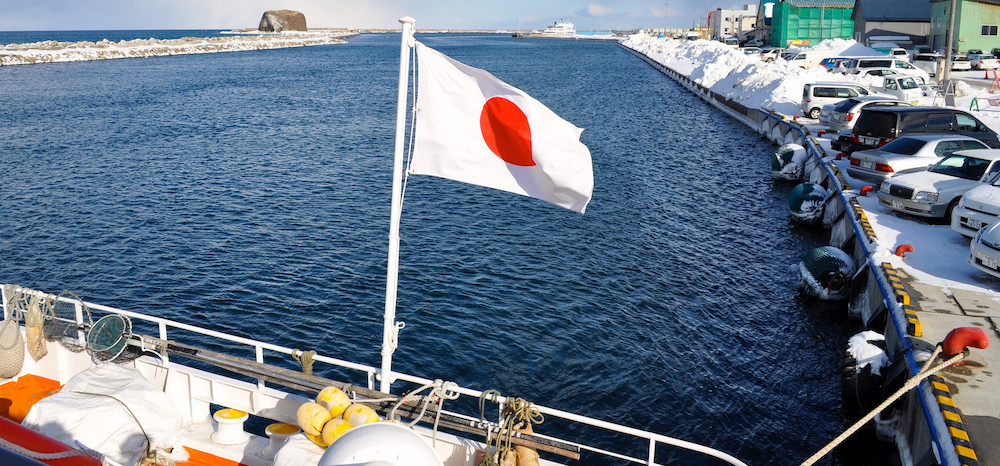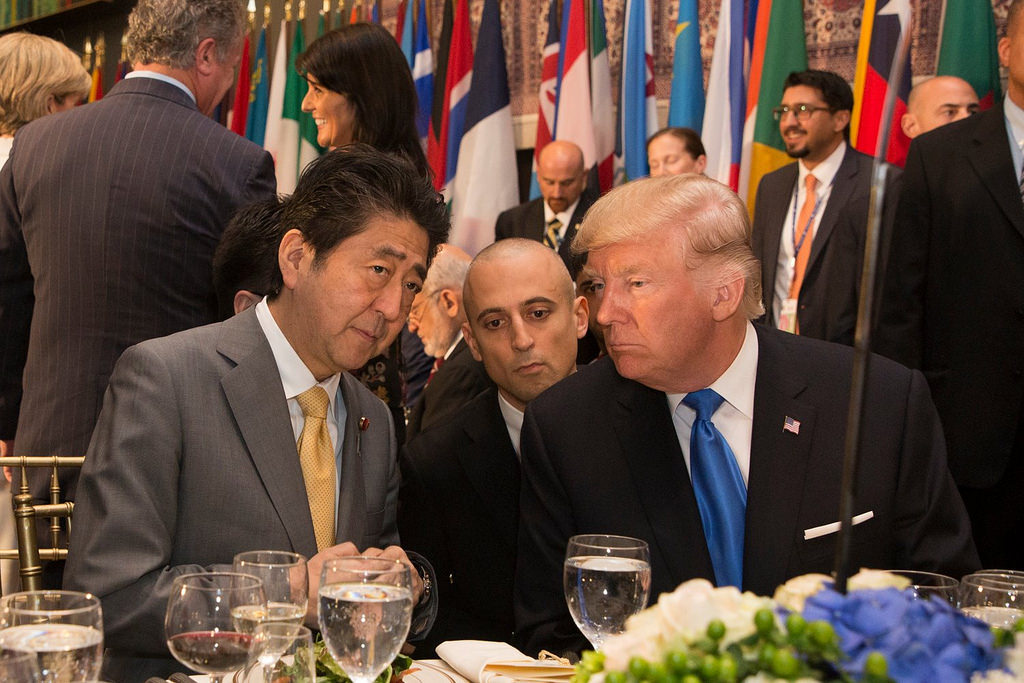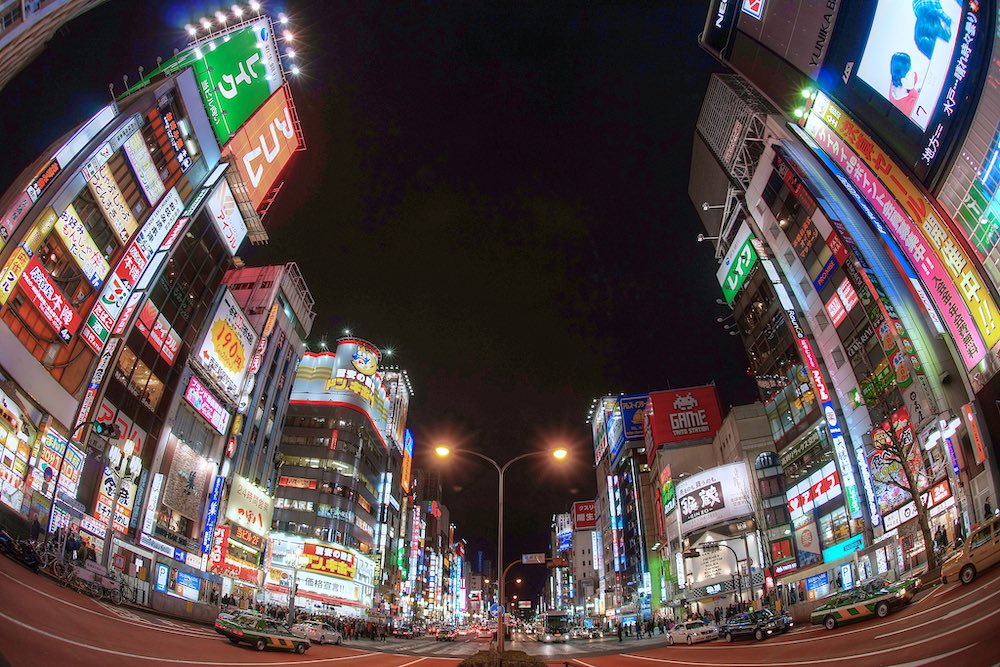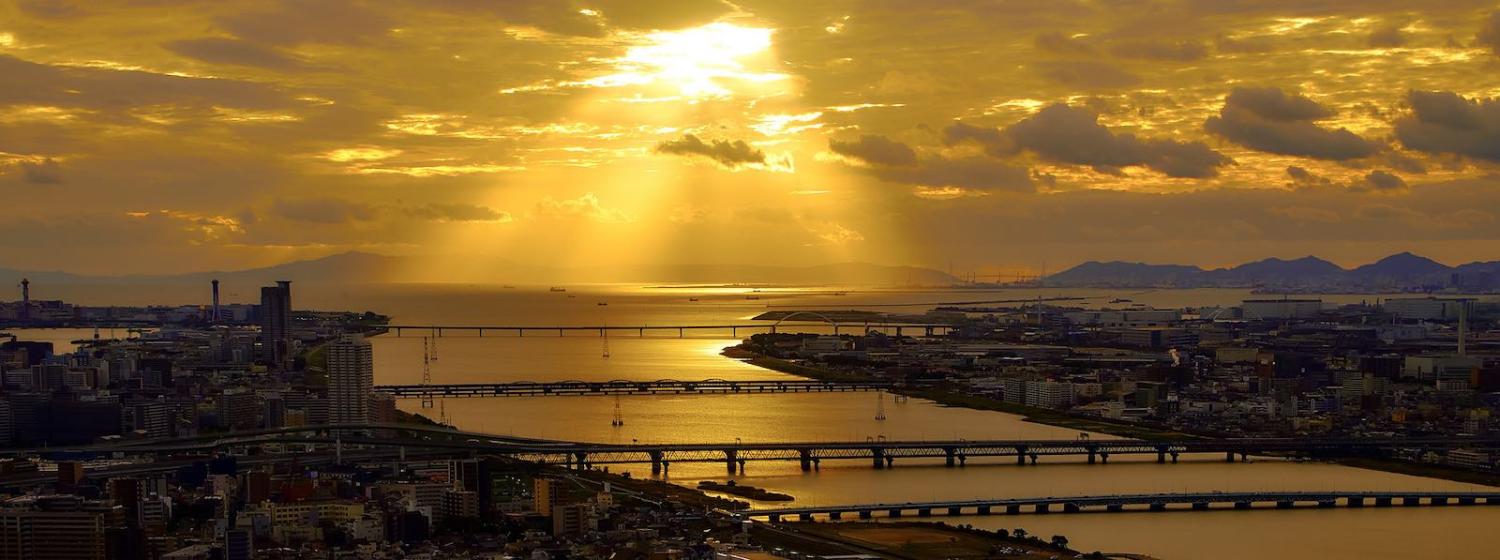A series where Lowy Institute experts look back on what surprised them in 2018.
Surveying international news headlines from 2018, you’d be forgiven for believing that the geopolitical landscape of Asia is exclusively a two-horse race. US, China spar over trade at WTO. More worrying than a US-China trade war is the risk of a hot one. The US-China tech battle is make-or-break. But a closer look at the results for the Lowy Institute’s 2018 Asia Power Index tells me – in numbers – what I missed this year.
A “failing power”
Despite such challenges, Japan is the third most powerful country in Asia after the United States and China. The narrative of Japan in decline is incomplete.
Assessments of Japan’s state power tend to start by emphasising the leaps made by its neighbours, painting Japan as the sick man of Asia. China’s economy is now almost three times the size of Japan’s in nominal terms, despite being on par just seven years ago. Japan’s working-age population is set to decline by eight million people between today and 2030, overtaken by both the Philippines and Vietnam.
And Japan’s productivity – a critical countermeasure to declining human capital – ranks sixth in the region, lower than all other G7 countries. Japan’s defence spending is less than a fifth that of China’s, despite increases since 2013 and moves to amend the constitution on its Self Defence Forces. Its armed forces have felt the impact of demographic decline too: Japan has less military and paramilitary personnel than Sri Lanka; meanwhile, China has almost 11 times the number of troops. It lacks sheer manpower.
These are just a handful of the figures that drove the narrative on Japan last year.
However, findings from a new data-driven project by the Lowy Institute reveal a different – more hopeful – tale on Japan. The Asia Power Index, released for the first time in May 2018, found that despite such challenges, Japan is the third most powerful country in Asia after the United States and China (more on the Asia Power Index here). The results show that the narrative of Japan in decline, a “failing power”, is incomplete.

Power by relations
Japan ranks third in the region for its robust network of economic relationships. It was Japan that instituted the practice of marrying industrial policy with foreign policy in the 1980s (an approach we have come to associate more with China as it has mastered the model), making Japan the largest stock investor in the region today. And its ongoing economic influence was proven in 2018 when it coaxed the reinvented TPP-11 across the line without US participation at the same time as dotting the i’s of an economic partnership agreement with the European Union – the largest of its kind negotiated by Europe.
Japan has also nurtured decades-long cultural ties with the region, ranking fourth for its cultural influence. Japanese passport holders enjoyed visa-free access to 190 countries in 2018 – more than any other country worldwide – and it ranks third after the US and China for its globally recognised brands.
The Asia Power Index uses Google Trends – which offers rare transparency into the interests of netizens – to assess a country’s online popularity. As the most Googled country in Asia, Japan receives particular interest from ASEAN countries and enjoys four times the number of Google searches from South Korea than the US does. Even netizens from Mongolia, with their historical, cultural, and geographic proximity to China, tend to enter three times as many Japan-related queries into Google than queries on China.
Initiatives such as the upcoming 2020 Olympics in Tokyo will cement Japan’s position as a cultural powerhouse in Asia.
Diplomatically, Japan has more embassies and consulates in Asia than any other country and ranks third for its voting power and membership in multilateral bodies and summits. And with Prime Minister Shinzo Abe outranking Chinese President Xi Jinping in terms of regional political leadership (according to a qualitative assessment by experts), its no surprise Japan is ranked third for its overall diplomatic influence.
Japan’s fourth-place ranking for its regional defence network is largely explained by its long-running alliance with the US. Yet recent moves suggest Japan is deepening its defence partnerships with other countries in the face of possible US retrenchment from Asia.
The strategic partnership announced between Japan and India in October paves the way for acquisition and cross-servicing agreement, ministerial-level strategic dialogue, and R&D collaboration. Meanwhile, defence cooperation with Australia is showing signs of recovery after Abe’s recent visit to Darwin in November, with progress being described as steady but slow.
All this points to a deliberate and long-running strategy on Japan’s part to exert immaterial might in matters of economic relationships, culture, diplomacy, and defence cooperation.

An unlikely overachiever
The Asia Power Index identifies Japan as the greatest “overachiever” among the 25 countries and territories in Asia that it compares. In an analysis called the Power Gap, the Index compares a country’s resources (what it has) to its influence in the region (what it does with what it has).
Japan tops the Power Gap ranking, ahead of Singapore, Australia, and South Korea. There are two possible explanations for Japan’s “overachiever” status. On the one hand, there may be a legacy effect at play, where Japan is reaping the dividends of its historical heyday, enjoying strong regional influence even in the face of declining material assets. On the other hand, Japan may be highly efficient at leveraging the resources it has into influence in Asia. It’s a mark of achievement that Japan’s economy is on track to grow by 12% between now and 2030, despite being forecast to lose 11% of its working-age population.
Regardless of which of these two explanations is more compelling, the realisation is that Japan’s competitive advantage is relational rather than material. For second-tier powers in particular, banding together can be the most resources-efficient means of having a say in regional geopolitics.
It’s said that data is the new oil. If that is the case, the Asia Power Index is a vast oil field. As we repeat the Index on an annual basis and track Japan’s trajectory over time, we may be surprised to find out what else we’ve been missing.


